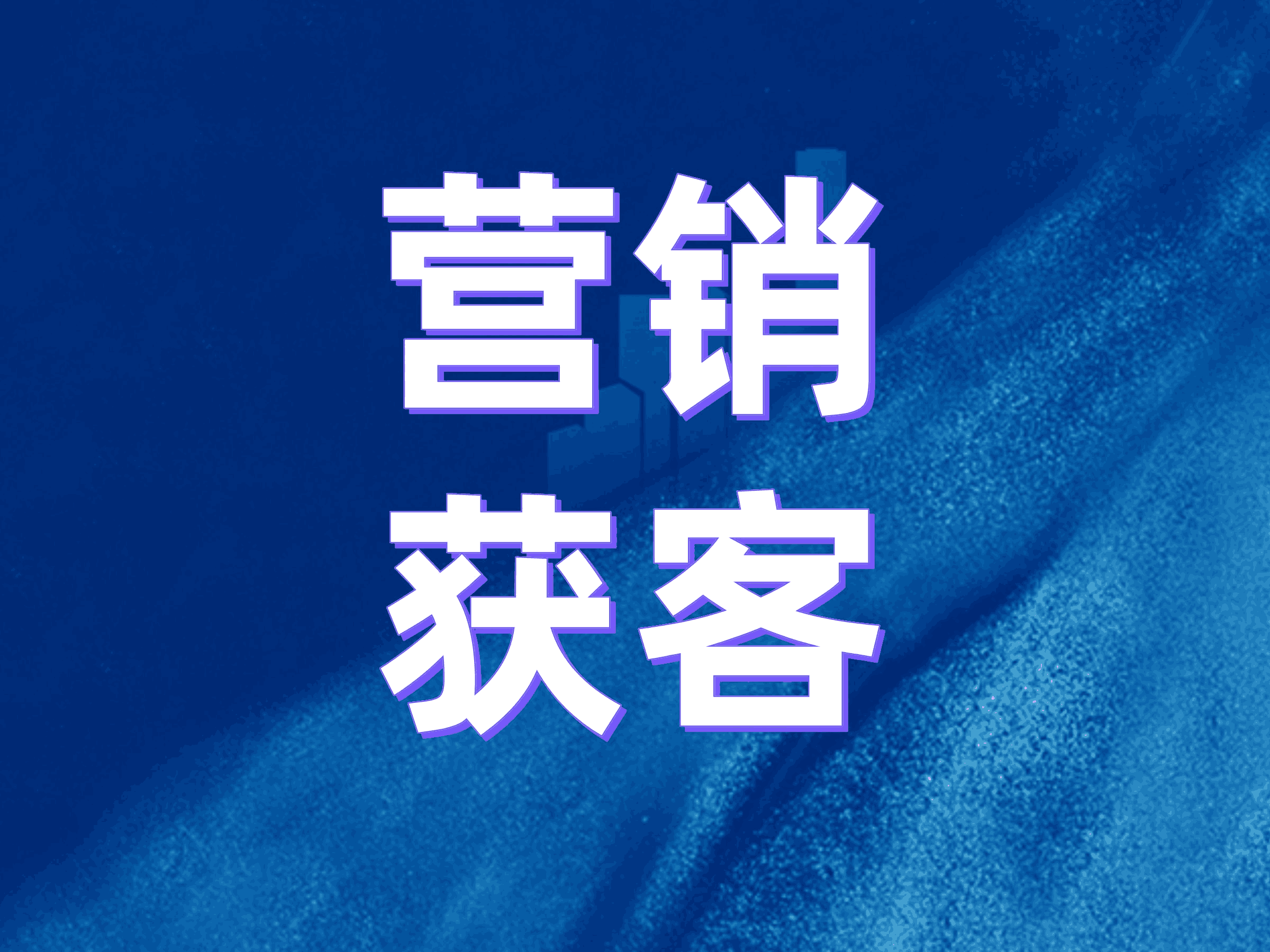Step-by-Step Guide to Building a Customer Service Ticketing System from Scratch
文章摘要:In an enterprise's customer service system, a ticketing system is an indispensable component. It not only standardizes service processes but also significantly improves issue resolution efficiency. This article will detail the complete workflow for building a customer service ticketing system, helping enterprises establish an efficient service framework and enhance operational efficiency.
In an enterprise's customer service system, a ticketing system is an indispensable component. It not only standardizes service processes but also significantly improves issue resolution efficiency. This article details the complete workflow for building a customer service ticketing system, helping enterprises establish an efficient service framework and enhance operational efficiency.
Phase 1: Requirements Research & Planning
1.1 Current Situation Analysis
First, gain an in-depth understanding of the enterprise’s existing customer service processes. A medium-sized e-commerce enterprise discovered before implementation that customer service staff recorded issues in Excel spreadsheets, leading to scattered information and frequent omissions. By analyzing three months of customer service data, they identified five main categories of customer inquiries and corresponding processing times.
Key Tasks:
- Collect historical customer service records and analyze the distribution of issue types.
- Interview frontline customer service staff to identify workflow pain points.
- Survey customer satisfaction to pinpoint service shortcomings.
- Statistics on daily inquiry volume and peak periods.
1.2 Goal Setting
Defining clear system construction goals is critical. A SaaS enterprise set its goals as: "Resolve 95% of tickets within 24 hours and increase customer satisfaction to over 90%." Goals should be specific, measurable, and aligned with business metrics.
Phase 2: System Design & Solution Formulation
2.1 Process Design
Based on requirements analysis, design a ticket workflow tailored to the enterprise’s characteristics. A fintech company developed a hierarchical processing mechanism: frontline agents handle common issues, complex problems are automatically escalated to technical experts, and urgent matters are directly routed to on-duty managers.
Core Elements:
- Ticket classification standards (by product, issue type, urgency level).
- Automatic assignment rules (based on skill groups, workload).
- Escalation mechanisms (response timeouts, customer follow-up complaints).
- Closed-loop management (end-to-end tracking from creation to resolution).
2.2 Field & Form Design
Ticket fields should balance information completeness and operational convenience. An educational institution added custom fields such as "student level" and "course type" to tickets, enabling more precise issue localization.
Phase 3: System Implementation & Configuration
3.1 Basic Configuration
Example Demonstration: A retail enterprise completed system configuration through the following steps:
- Create department structure and user permissions.
- Set up ticket classification and tag systems.
- Configure automation rules and Service Level Agreements (SLA).
- Design email templates and notification rules.
3.2 Integration Development
Integrating the ticketing system with existing business systems is key to improving efficiency. A manufacturing enterprise connected its ticketing system with ERP and CRM systems, enabling automatic synchronization of customer information and association of historical records.
Phase 4: Data Migration & Testing
4.1 Data Preparation
Clean historical data and develop a migration plan. A service provider found that a large amount of duplicate and outdated information existed in three years of accumulated customer data. After data cleansing, the volume of valid data decreased by 40%, but quality improved significantly.
4.2 Comprehensive Testing
Test Cases: A software company conducted a one-week intensive testing phase:
- Functional testing: Verify the normal operation of all modules.
- Stress testing: Simulate peak concurrent access.
- User experience testing: Invite real customers to participate in trials.
- Integration testing: Validate interface stability with peripheral systems.
Phase 5: Training & Launch
5.1 Hierarchical Training
Develop differentiated training programs based on roles. A telecom operator’s best practices:
- Administrators: Advanced functions such as system configuration and report analysis.
- Customer service supervisors: Team management and performance monitoring.
- Frontline agents: Ticket processing and knowledge base usage.
5.2 Launch Strategy
Adopt a phased launch strategy to reduce risks. An internet enterprise’s approach:
- Week 1: Small-scale pilot (10% of the customer service team).
- Week 2: Expand scope (50% of the team).
- Week 3: Full promotion, with parallel operation of the old system retained.
- Week 4: Complete transition and shut down the old system.
Phase 6: Optimization & Iteration (Continuous)
6.1 Data Monitoring
Establish a key indicator monitoring system. An e-commerce platform tracks daily:
- Ticket response time and resolution rate.
- Customer satisfaction scores.
- Customer service efficiency metrics.
- Knowledge base usage.
6.2 Continuous Improvement
Continuously optimize based on data analysis and user feedback. A financial institution holds monthly ticketing system optimization meetings to address process bottlenecks, reducing the average resolution time by 30% within six months.
Practical Case: Ticketing System Construction for an Online Education Platform
Background: The platform had scattered customer service channels and low issue resolution efficiency.
Implementation Process:
- Month 1: Complete requirements research and system selection.
- Month 2: Custom development and integration with business systems.
- Month 3: Pilot operation across selected campuses.
- Month 4: National promotion and launch.
Results:
- Average issue resolution time reduced from 48 hours to 8 hours.
- Customer service labor costs reduced by 25%.
- Customer satisfaction increased from 80% to 93%.
Common Pitfalls & Countermeasures
Pitfall 1: Overly Idealistic Requirements
Countermeasure: Adopt a Minimum Viable Product (MVP) approach—implement core functions first, then optimize through subsequent iterations.
Pitfall 2: Neglecting User Experience
Countermeasure: Establish a user feedback mechanism to regularly collect opinions from frontline staff.
Pitfall 3: Inadequate Training
Countermeasure: Create video tutorials and operation manuals, and set up an internal expert support team.
Conclusion
Building a customer service ticketing system is a systematic project that requires collaboration across business, technology, and management. Through scientific implementation methods and continuous optimization, enterprises can establish an efficient and intelligent customer service system, truly achieving a customer-centric service transformation.
FAQ
Q1: Do small teams need a complete ticketing system?
A: Even small teams of 3-5 people can improve efficiency with a lightweight ticketing system. Start with a basic version, focusing on ticket workflow and knowledge base functions.
Q2: How to evaluate the ROI of a ticketing system?
A: Quantify evaluation from dimensions such as improved customer service efficiency, enhanced customer satisfaction, and reduced labor costs. Significant returns are usually visible within 6 months of system launch.
Q3: What are common post-launch issues?
A: Common issues include resistance to changing work habits, mismatches between processes and actual business, and system performance problems. Develop contingency plans in advance.
Q4: How to ensure data migration completeness?
A: Migrate data in batches—prioritize recently active data, and retain historical data for archival query. Conduct data verification before and after migration.
Q5: Is a dedicated maintenance team required for the system?
A: It depends on the system scale. For small and medium-sized enterprises, the IT department can usually manage it with 1-2 hours of daily investment to meet routine maintenance needs.
For more information and free trial, please visit https://www.udeskglobal.com/
The article is original by Udesk, and when reprinted, the source must be indicated:https://www.udeskglobal.com/blog/step-by-step-guide-to-building-a-customer-service-ticketing-system-from-scratch.html
AI Ticket SystemTicket Management SystemTicket System

 Customer Service& Support Blog
Customer Service& Support Blog


